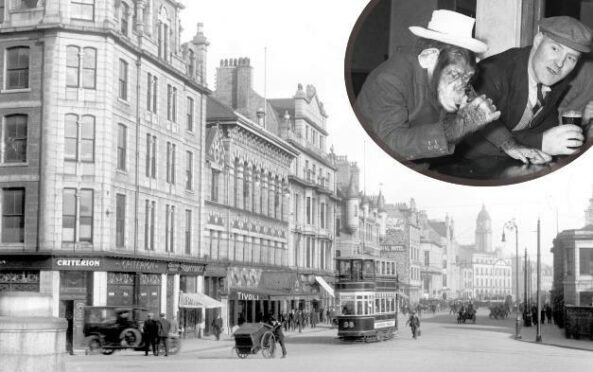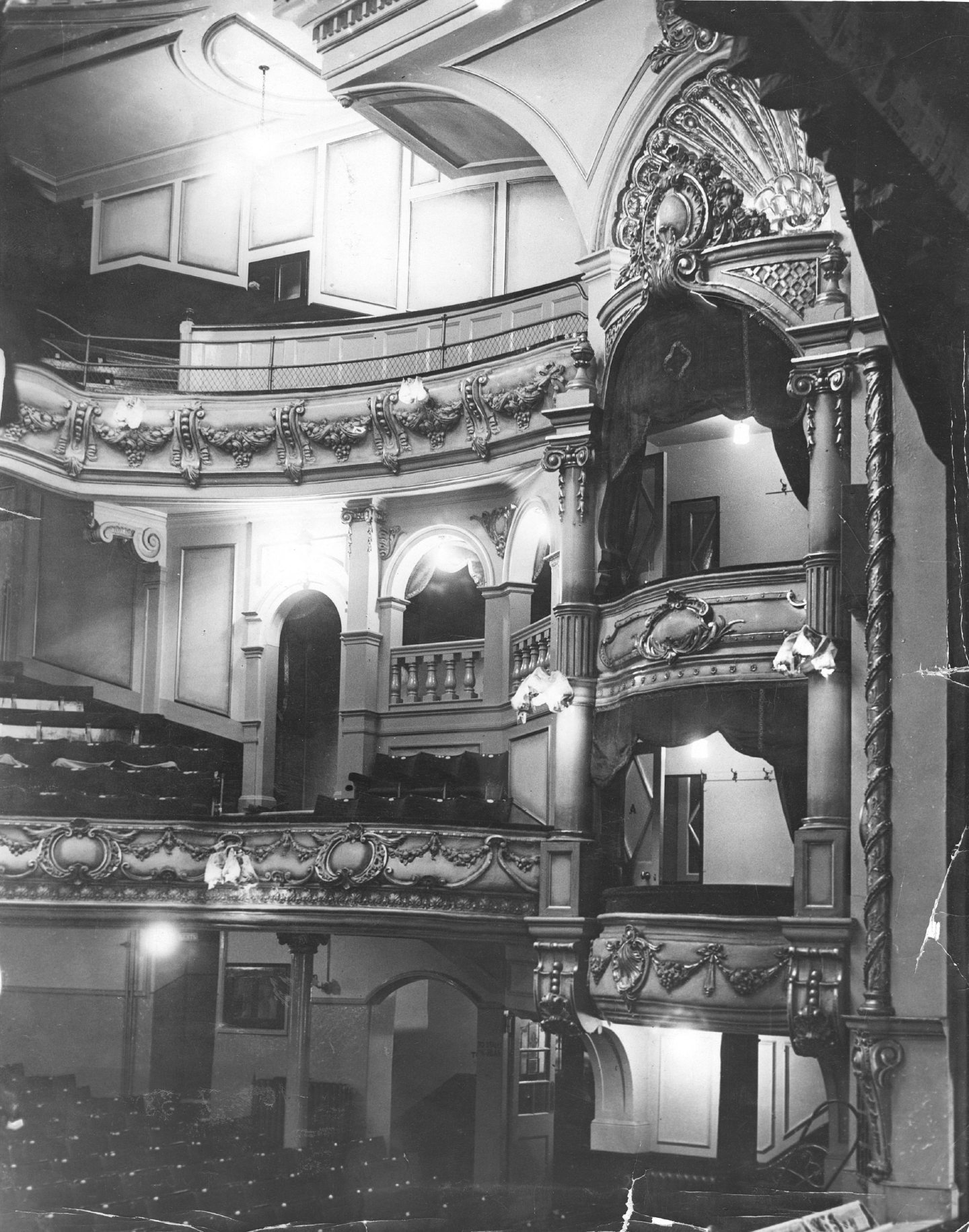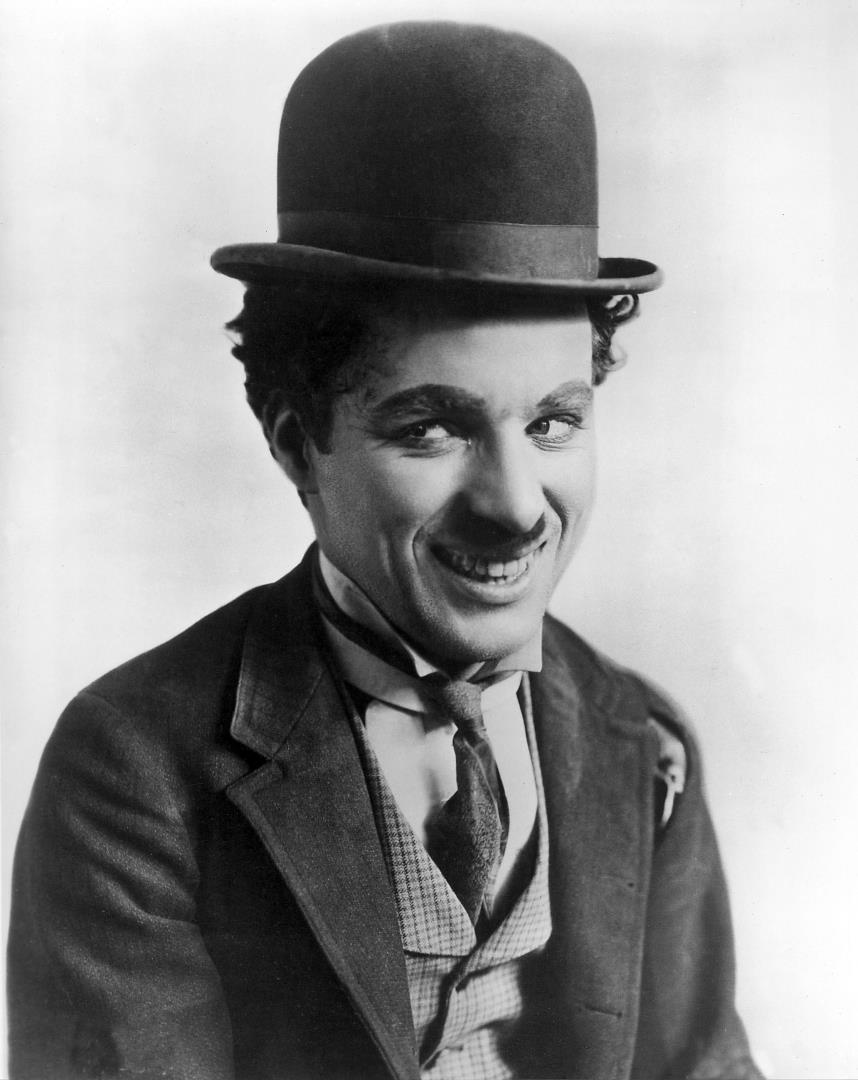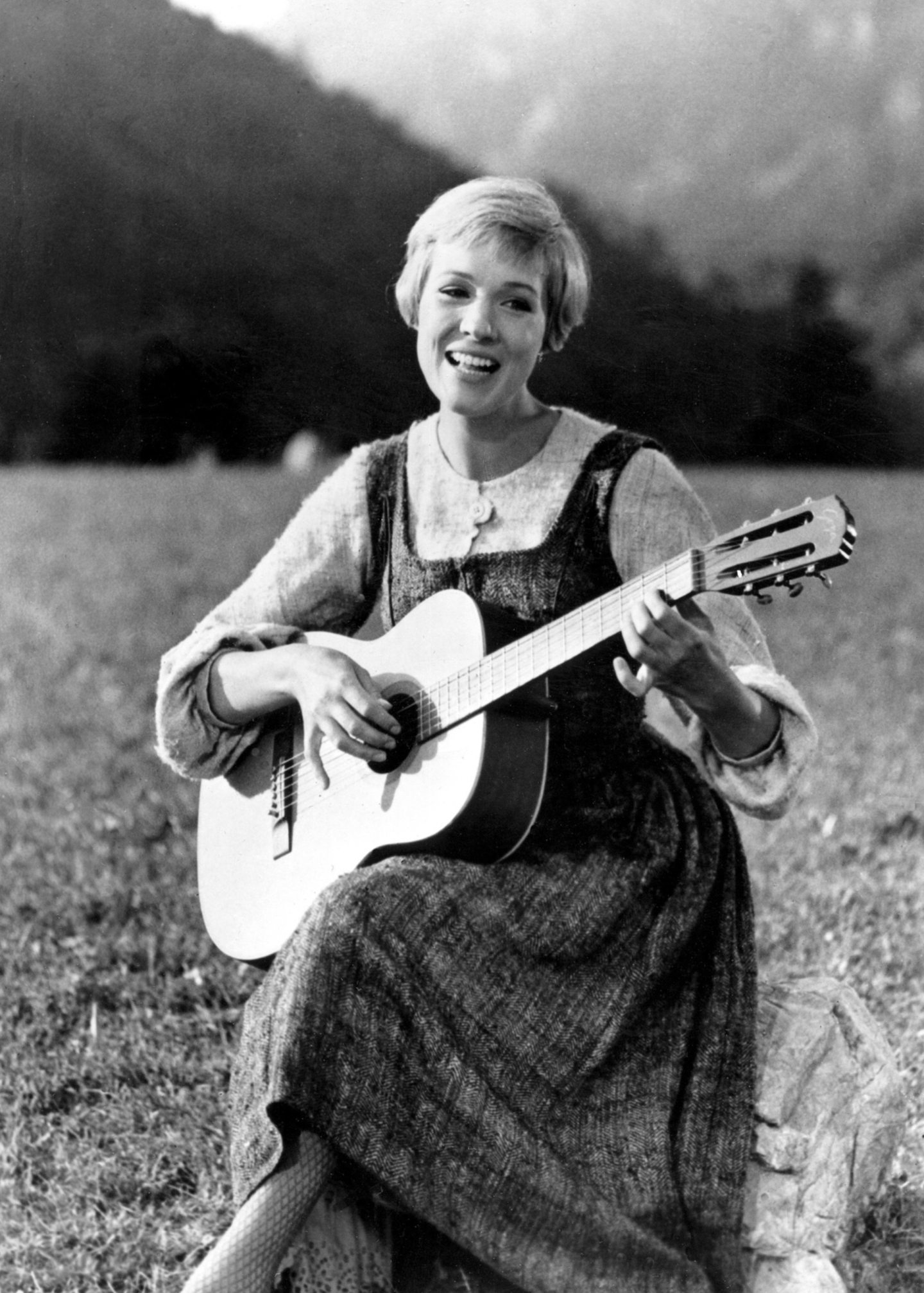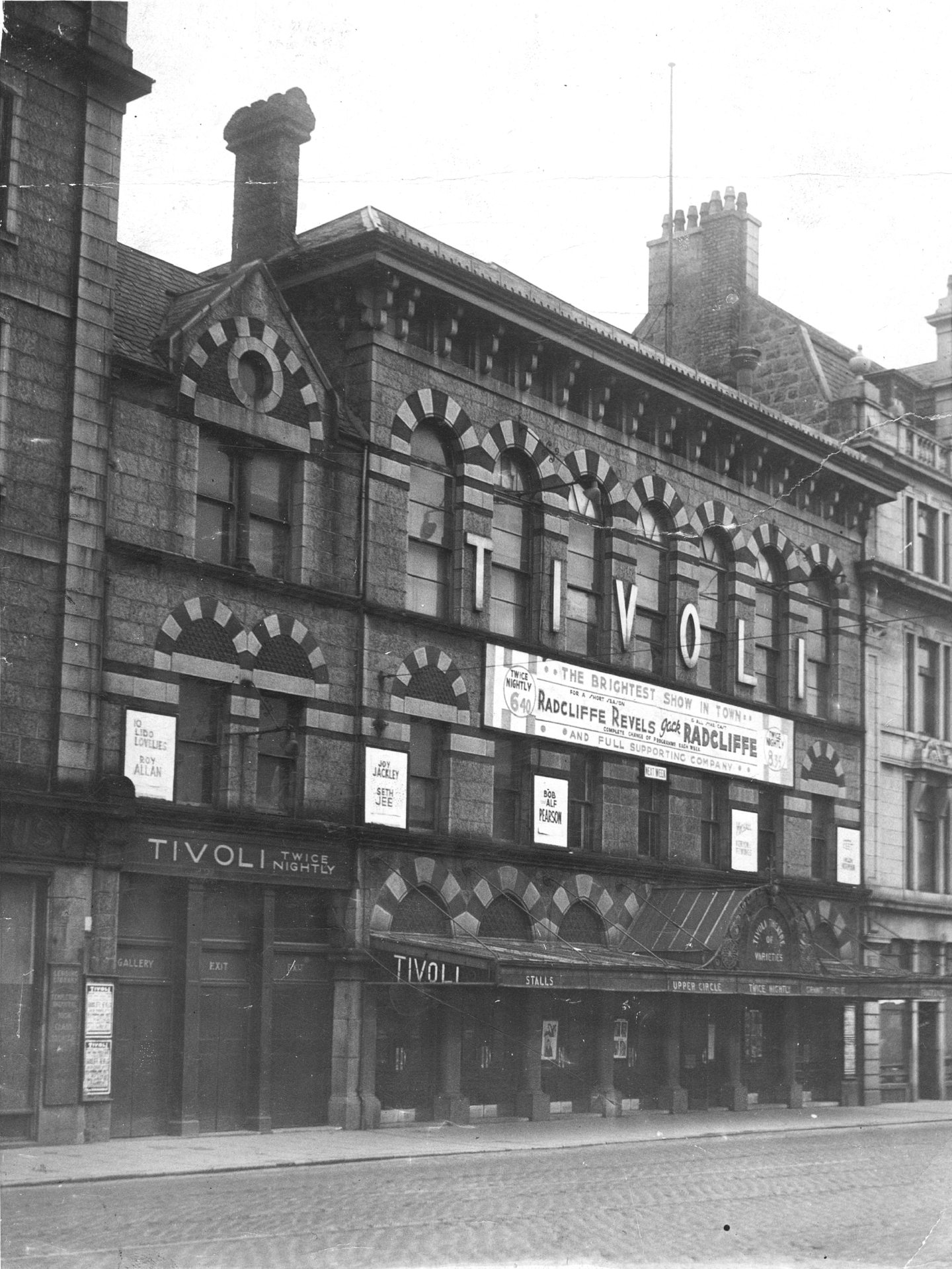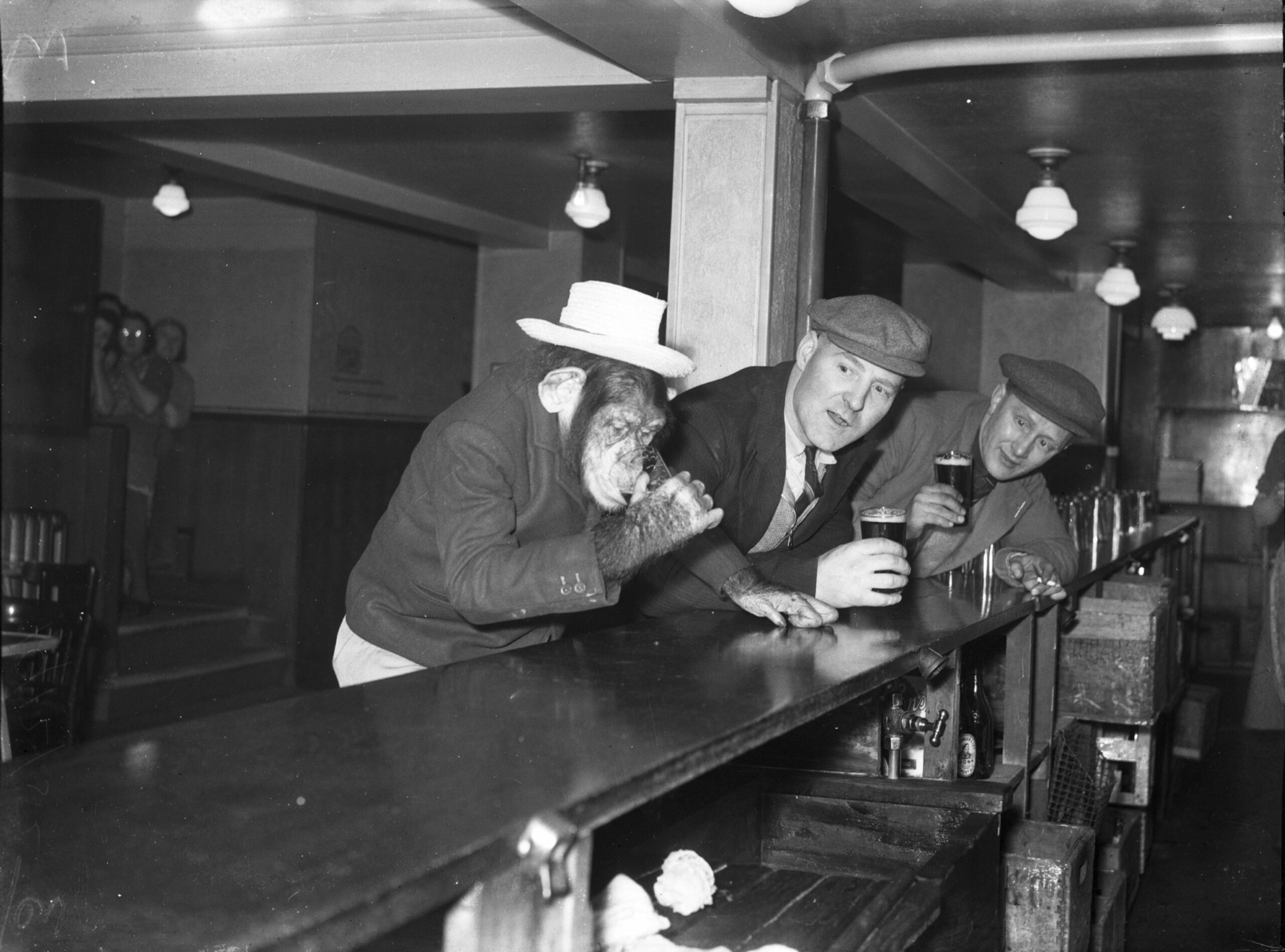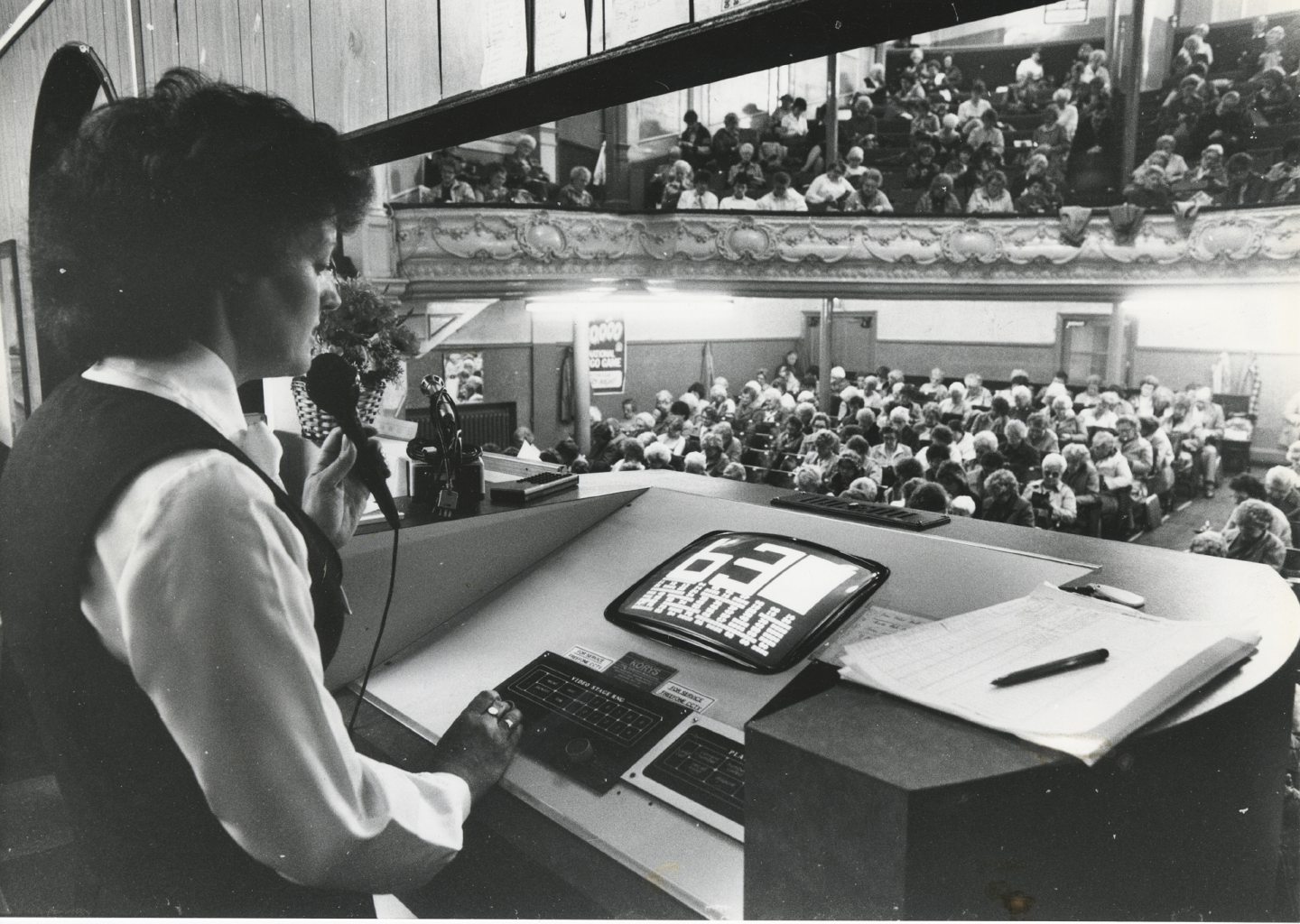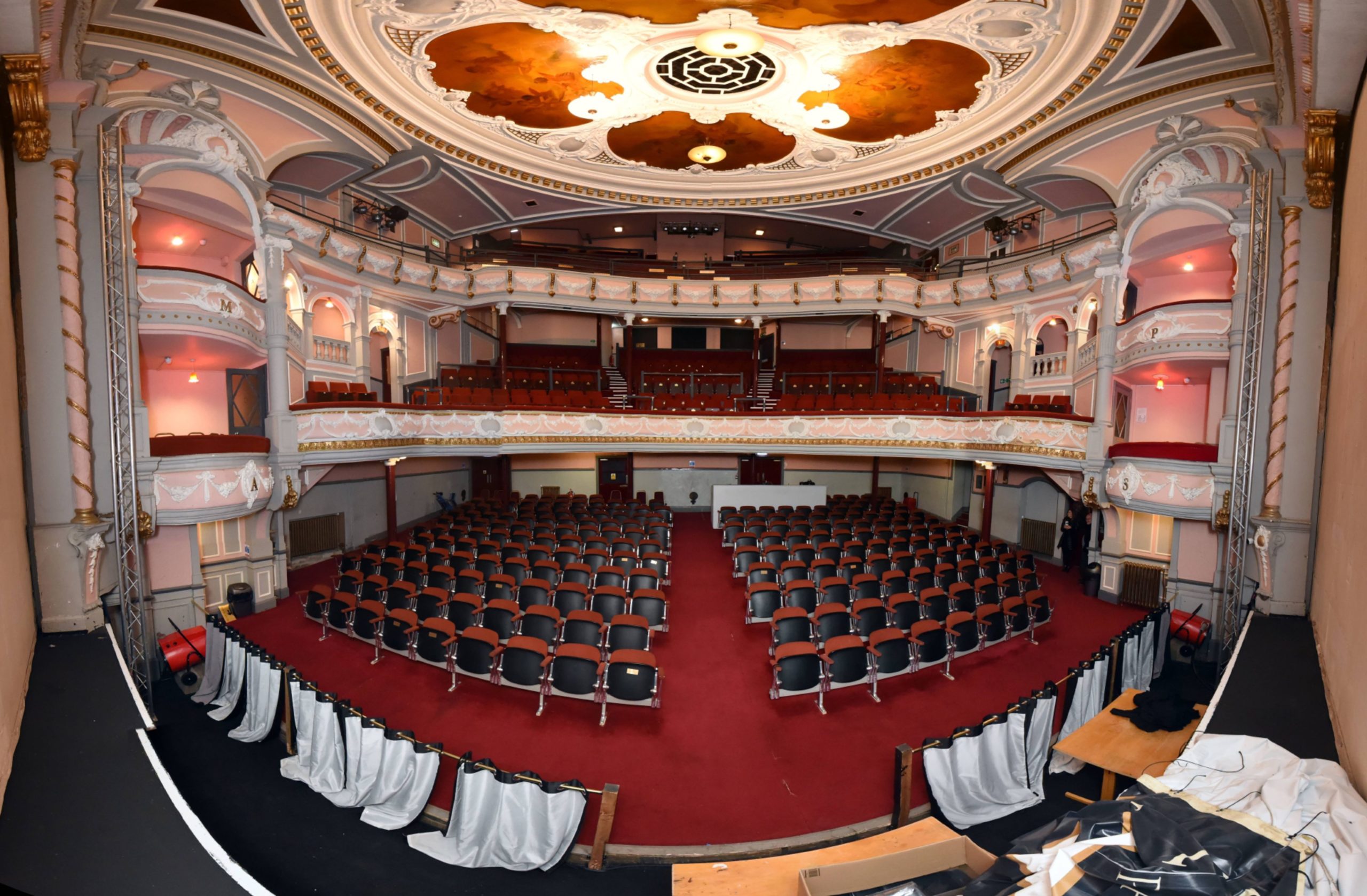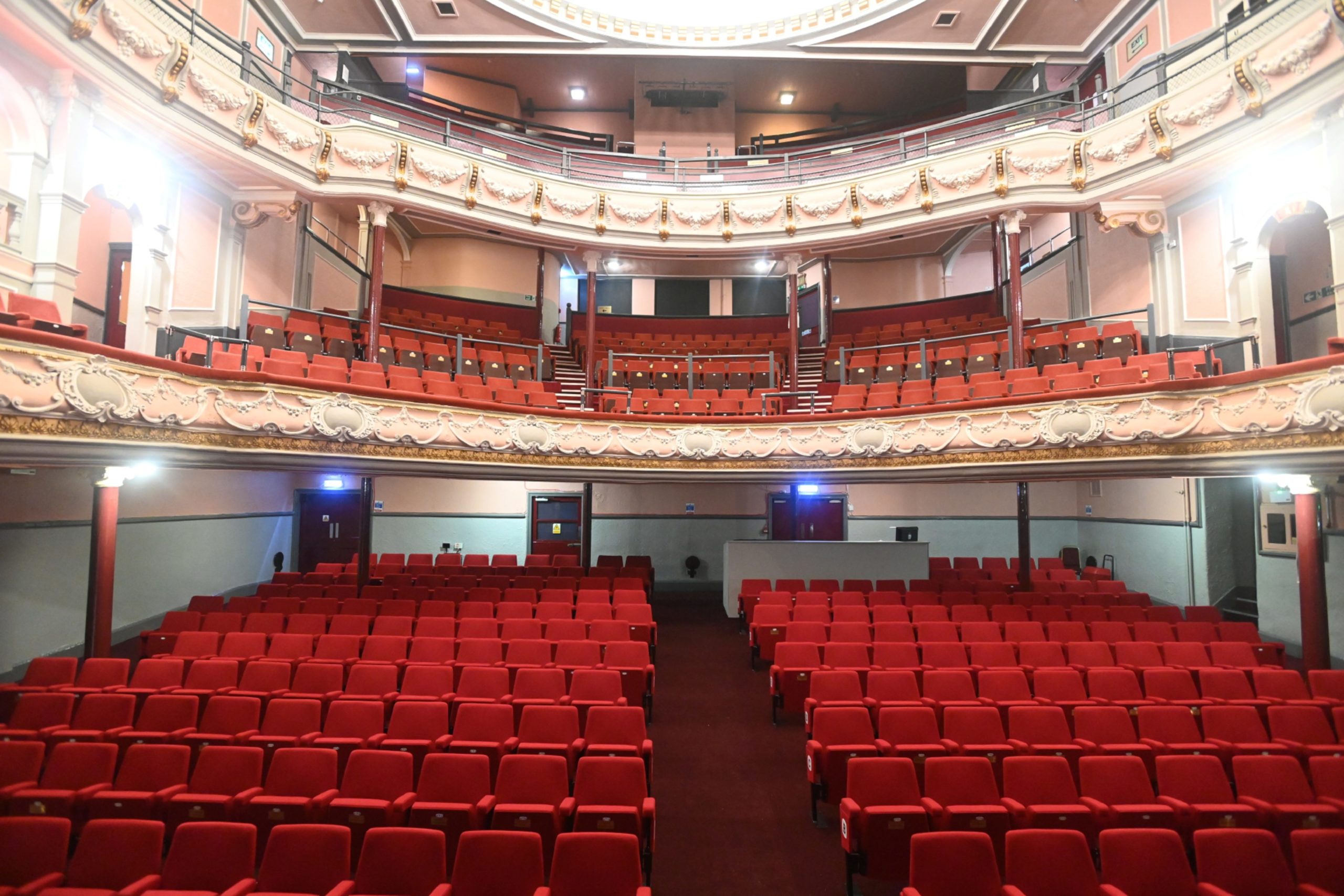There’s a smell of greasepaint and a scrapbook to the golden age of music hall whenever you enter the Tivoli Theatre in Aberdeen.
This is the venue which has played host to such stars as Charlie Chaplin and Stan Laurel, Julie Andrews and W.C. Fields – and, closer to home, revelled in the likes of Andy Stewart, Calum Kennedy and The Alexander Brothers.
Even when the audiences found other attractions during the Swinging Sixties, and the focus switched from eyes up at the stage to eyes down at the bingo, Chaplin, by now an old man, made an emotional return to the venue in 1970, and soon found himself surrounded by a crowd in the Granite City.
There is history in every corner of this mesmerising place, ghosts loitering around the wings awaiting their cue in the twilight and sufficient stardust memories to fill a museum. So let’s take a quick stroll through the Tivoli’s story as it celebrates its 150th anniversary.
Life and times
The Tivoli first began life as Her Majesty’s Opera House, the brainchild of a group of visionary Aberdeen businessmen who were determined to bring culture to the city and extend the amenities beyond the existing Music Hall.
In the mid-1860s, they decided to buy the piece of land on Guild Street and employed one of the world’s leading theatre architects, Charles Phipps, to construct an auditorium which would resonate with Victorian audiences.
In 1872, the theatre was unveiled with a play called The Lady of Lyons, which was well received by both critics and the public with the Aberdeen Journal describing the new building as “majestic” and “a credit to the city landscape”.
That was the start of a halcyon period of packed crowds, who ensured the arena flourished under its original name of Her Majesty’s Opera House.
But then, in a bid to compete with a newer, larger rival, His Majesty’s Theatre, which opened its doors in 1906, the venue was given a total refurbishment and only resumed business again in 1910 as the Tivoli Theatre of Varieties.
By this point, the entertainment world was developing at a remarkable pace. Youngsters with ambitions of booking their passage to a palace of dreams called Hollywood joined repertory companies and paid their dues on frenetic whistle-stop tours across Britain, with many of them visiting Aberdeen.
The teenage Chaplin played Billy (the Page) in a dramatical version of Sherlock Holmes at the Tivoli and subsequently returned with Fred Karno’s sketch troupe, where he developed the nuts and bolt of his indomitable little tramp who became one of the most enduring characters in cinema history.
Stan Laurel, one half of the world’s most famous comedy duo, was another to parade his precocious artistry in front of Aberdeen crowds – not that anybody would have recognised he was destined for glory in the early days.
That’s because he was listed as Stanley Jefferson when he performed at the Tivoli, meticulously perfecting the art of playing a head-scratching booby.
A blockhead on the stage, not off it
But there were no flies on this fellow who was already working in partnership with his dad, Arthur, on a comedy playlet Home for the Honeymoon.
On the contrary, he was interested in every aspect of the business, whether in writing scripts and devising story ideas, or learning about acting technique and such aspects of the comedy craft as timing and wordplay.
It would be many years before he teamed up with Oliver Hardy in the United States, but his ambition and creativity were in evidence at the Tivoli.
However, it wasn’t solely comedy and plays which featured on the schedules. Far from it. Music, whether traditional Scottish, classical or the more contemporary sounds of Tin Pan Alley proved very popular at the arts venue.
Many of the names on the sepia-tinged posters have long since vanished into obscurity, but there were others who shone like a beacon – and, unforgettably, a pint-sized Julie Andrews demonstrated with remarkable vim and verve in 1943 that a spoonful of sugar definitely helps the medicine go down.
In advance of the wartime concert in Aberdeen, the north-east public were offered the chance to enjoy the resonant tenor voice of “Ted Andrews and (piano-playing wife) Barbara – and introducing eight-year-old Julie”.
But she made an instant impression on her Aberdeen audience, including a young Jack Webster, the former Press and Journal writer, who was entranced by the crystal-clear quality of her voice when she took to the stage.
He said: “I was very fortunate to witness the very beginning of Julie Andrews, destined to become one of the great musical stars of all time, including being the leading lady in Mary Poppins, The Sound of Music, and so much else.
“She sang like a lark in Aberdeen that night and the audience was enthralled. And her mother played to the same high standard. You could tell she was going to go on to achieve great things.
“There was something very special about her performance, even though she was still at primary school. And she had a wonderful voice.”
Yet, if the Tivoli had enjoyed many memorable nights and stellar performances, its appeal and allure diminished as an increasing number of people in the city gained access to television sets and the advent of Beatlemania spawned a new generation of pop and rock bands in the 1960s.
It had never been a massive venue – even in its heyday, the seating capacity was only 1,750. But, as tastes changed, so the theatre’s popularity waned and, when you look at photographs of a chimpanzee drinking beer in an arcane competition at the Tivoli bar, perhaps that wasn’t surprising.
So, while there was sadness when it closed in 1966, it was accompanied by the recognition that many similar buildings were struggling across Britain.
However, the Tivoli didn’t disappear altogether or face demolition. Instead, it was refashioned into a bingo and social club in the heart of Guild Street.
When Chaplin returned to his old haunts in 1970, the sign on the door offered information about forthcoming sessions and, even if he seemed bemused, there was no shortage of people willing to chase big prizes on bingo nights.
Organiser Maggie Burns was pivotal to the popularity of these occasions and constantly dreamt up different ideas to promote the hall, including an Easter Bonnet parade in 1984 and Christmas and New Year functions.
But this wasn’t a viable proposition in the long term. And, behind the scenes, the once resplendent auditorium was becoming very dilapidated.
Businessman Brian Hendry was among those who lamented the demise of the Tivoli and believed that it could be revitalised. But he and his colleagues didn’t have time on their side by the start of the new millennium.
He said: “It really fell into disrepair from 1998 until 2009. It was abandoned and was listed as critical on the Buildings at Risk Register for Scotland.
“However, the Tivoli Theatre Company Ltd was established and bought it [the premises] in 2009. Since then, a great deal of work has been undertaken to restore it back to its former glory.”
He’s right. And the remedial work has had spectacular results.
Unsurprisingly, given the problems caused by Covid, the Tivoli’s doors have been shut for most of the last two years. But the theatre is springing back to life in the coming months and is announcing new acts every week.
Mr Hendry has no doubts about its cultural significance in the city’s heritage. In fact, he believes the Tivoli should be ranked alongside Aberdeen FC as being two of the great, enduring institutions in the granite metropolis.
Yet, for all the big names we have already mentioned, it was another figure who had audiences thronging to his shows in his prime.
As he explained: “The biggest box-office draw at the Tivoli was Robert Wilson. He was a famous Scottish singer – the Rod Stewart of his day – at a time when there was no television, and most people only heard him performing on radio.
“When people learned that he was to be playing at the Tivoli, they queued down Guild Street onto Bridge Street to see him perform.
“Robert Wilson sang to 1,750 people, twice a day, six days a week!”
Life has been far from smooth for the theatre in recent decades. At various times, the axe could have swung on this hallowed site.
But it’s a measure of the quality of the restoration work which has been carried out and the affection which arts aficionados have for this setting that it can surely look forward to the future with optimism.
Happy 150th birthday to the Tivoli: a special part of the fabric in Aberdeen.
Further information can be found here.
More like this:
Charlie Chaplin in Aberdeen: Silent hero’s emotional return to the Tivoli stage in 1970
How Julie Andrews hit the heights at the Tivoli before climbing every mountain
